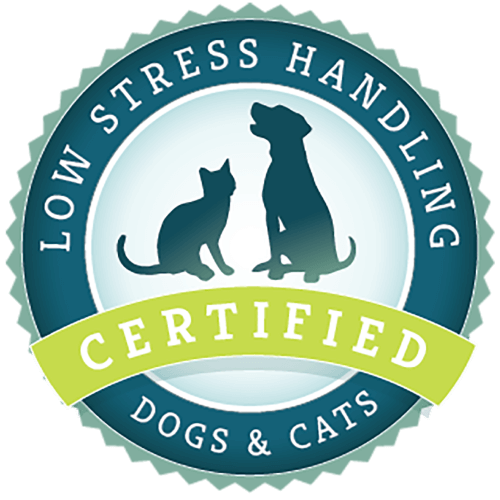What article are you looking for?
Category: Pet Owner
Storm / Noise Safe Room Training
Teach your dog to go to a bathroom, basement, or closet during storms for safety and calming. Getting to the safe room while calm prevents escalation to fear and ensures safety.
Three Great Books for Our Dog and Cat Owners by Preventive Vet
I usually don’t pay much attention to the Facebook ads that pop up on my screen, yet an ad for 101 Essential tips Dog Health and Safety by Jason Nicholas DVM caught my eye. I followed the link and saw that there were 3 books in this series, directed towards the pet owner for pet health and behavior. These books are written by a veterinarian with expertise and experience in emergency and general practice. He clearly sees the need for easy to read, with fun informative illustrations, and accurate information. I ordered each of the books and thought I would share my
Step By Step Guide to Interaction
1. Take the first part of the meal every day for a short 3–5-minute training session. Hold the food in your hand – I prefer not using a treat bag. I want the dog to think at any time I may have a reward not just when I have a treat bag on. Enter Title. [Required] 2. Control release of food – only release food for correct behaviors – no grabbing! Enter Title. [Required] 3. Stand upright – your dog can read what you are going to do Hold 1–3 nuggets between your
“What Did You Say?” – What Your Body Language Says To Your Pet
Train yourself first, in learning what your body language is communicating to your pets and also what their body language is telling you. This is truly one of the most important things that you can do for your pet.
Puppy Whining: Driving Owners Crazy
Question: HELP!! My 9 and half week old lab puppy is pretty good at night in her crate, but during the day, she barks, digs, salivates for the entire time. When I let her out she comes out crying and follows me everywhere crying. I find this extremely upsetting and I’m ready to give her back. Will she get used to it eventually by continuing to put her in her crate? When the crate is open she goes in on her own to sleep and play but the second you close the door, all hell breaks loose. I have tried
Storm Sangria – A Calming Cocktail for Your Storm Fearful Dog
It is April, and thunderstorms are upon us here in the Midwest. Many dogs are fearful of thunderstorms. It is the most common subtype of noise phobias in dogs. The behavioral response may vary from mild pacing or panting up to escape behaviors such as digging repetitively at the door, trembling severely, or injuring teeth and nails to get out of confinement. Triggers for the fear include falling barometric pressure, wind, rain, cloud cover, and thunder (1) Many of these triggers are present hours before the storm develops. When the thunder and lightening occur, often the dog escalates into full

Low Stress Handling® Silver-Level Certification
Individual Certification at this level demonstrates to clients and employers the individual’s dedicated interest in Low Stress Handling®. Hospital Certification at this level demonstrates to clients and staff the hospital’s commitment to appropriately training staff in Low Stress Handling® methods.
Learn More
